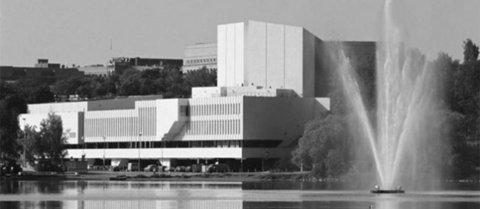
By Kaarle Nordenstreng
Finland is a small country by population – 5.5 million inhabitants – but large by its geographical size: 338,000 square kilometres, which is much more than the UK (242,000) and a little less than Germany (357,000). Located in the north-eastern corner of the European Union (Member State since 1995), it has a 1,300-kilometre long border with the Russian Federation.
For over six centuries until 1809, Finland was as a province of the Kingdom of Sweden, then for one century until 1917 an autonomous Grand Duchy of Czarist Russia, after which it became independent in the aftermath of the Russian Revolution. Actually, Vladimir Lenin arrived from Finland to lead the revolution in St. Petersburg. He also stayed in Finland in 1905 and 1906 when arranging clandestine congresses of the Russian Social Democratic Labour Party – in Tampere, which hosts the only Lenin Museum outside Russia. In the first years of the 20th century Finland spearheaded demands for political reforms in this autonomous part of Russia, leading in 1906 to universal suffrage including women – as the first country in Europe to do so.
The history of Finland adds many unusual aspects to European history. One central to media and communication scholars is the world’s first freedom of information law passed in the Kingdom of Sweden in 1766. Among its prime movers were Finnish liberals in the Diet and its concept was developed by a Finnish born intellectual – see The Legacy of Peter Forsskål, which also provides a history of the development of press freedom in Finland. This historical legacy has supported Finland nowadays to reach top positions in the World Press Freedom Index.
Finland is listed as the number one country in the World Happiness Report 2020, for the third time in succession. Although critical scholars may be skeptical of such rankings – like those of democracy, press freedom, etc. – this is a notable aspect of Finnish society, in fact paradoxical since Finns are widely seen to be quiet and reserved people with a predisposition to melancholy.
Concise information on Finland is available at This is Finland and Information about Finland.